Power: What Is It Good For?

Who doesn’t like a proper wacky duel? Like the one where James May raced a Ferrari against a camel, or when the guys from TopGear did a “train vs Aston Martin” from London to Cannes?
As in the case of the proverbial hare and tortoise, when you set two unlikely opponents against each other, you get some entertaining results — and you might even prove a point. That’s what Germany’s AutoBild (print edition, March 5) tried to do when it tested the assumption that power = speed.
They raced the slowest E-class Mercedes station wagon against the fastest one, on German public roads, over a distance of 1,000 KMs. It was E63 AMG vs E200 CDI; 525 HP against 136 HP; 6.2L vs 2.1L displacement, V8 against Diesel-L4. 0-60 in 4.6 s vs 10.9 s. And not to forget, purchase prices of €42,483 against €108,409. So, what happened? Not what you might think…
But first, some more data and some rules. The AMG had its standard 250 km/h speed limiter left in place, and both cars had optional 80-liter fuel tanks fitted. Drivers had to stick to speed limits — this wasn’t supposed to turn into a Kanonenkugel-Run. The route was from Flensburg in the northern tip of Germany, down to the Austrian border. This is a relatively rural Autobahn that had plenty of unrestricted stretches and goes through only one major conurbation, in Hamburg.
The driver of the AMG wrote about an uncomfortably hard ride, and more to the point, reported that the super-station wagon fostered a stressful style of driving. You push it, as he wrote, up to the limit, then hit the brakes as soon as somebody who underestimates your speed moves into the left lane, then you push it again. In heavier traffic, the ratio of power-to-freedom was perceived as particularly irksome. The major concern, however, was the constant need to re-fuel. With a fuel consumption of 13.7 MPG, the AMG had to stop for gas after only 422 KM, seriously slowing down its average to 124 km/h.
Meanwhile, the Diesel enabled a flowing, relaxed driving style with a softer ride, lower noise, but yet enough power — the E200 CDI apparently felt quite comfortable in the 160-200 km/h zone. And the Diesel’s average of 28.7 MPG meant that re-fuelling could wait for a few hours, until after the 750 KM mark, at which point it had averaged a speed of 125 km/h.
So, despite all the long stretches where the AMG seldom had to slow down to speeds below 200 km/h, one of the world’s fastest station wagons reached the chequered flag in exactly 13 minutes before the oil-burner. Thirteen minutes gain, €184 additional fuel costs: is that what power amounts to?
As surprising as the results may seem, they match my experience in Europe. If you absolutely push it while driving in the dead of night, you can sightly better an average of 130 km/h, but your licence will be at risk. Take it slow, drive safe, and your average sinks to 110-120.
Note to AMG: on modern congested roads, power equals nothing more than frustration. If you really want people to associate pimptastic with fast, you need to equip your cars with 300L tanks — and preferably a built-in urinal.

More by Martin Schwoerer
Latest Car Reviews
Read moreLatest Product Reviews
Read moreRecent Comments
- Danddd Just say no to CVTs unless you like the sound of droning.
- Oberkanone GM will have 30 EV models by 2025. Over 40% of GM sales will be EV by 2025.quote - Marry Barra circa 2020Including 4 Chevy EV, 2 Buick EV, and 4 Cadillac EV.
- Dwford There's plenty of time between now and 2030-35 to design and sell through a whole new generation of ICE vehicles, if not 2 generations. Chevy seems to be on a dual track plan with ICE and EV versions of the Equinox and Blazer nameplates. No reason Cadillac can't do something similar.
- Kwik_Shift_Pro4X Poop or get off the pot.
- TheMrFreeze The wife unit and I refuse to buy a white/black/grey/silver car...life's too short for boring. As it happens we both drive orange cars right now but slightly different shades. Total coincidence, just happened that the used cars we found that met our requirements (ie: manual trans and at least some amount of character) both happened to be orange. My previous daily driver was orange as well, again total coincidence...they just seem to find us I guess...
















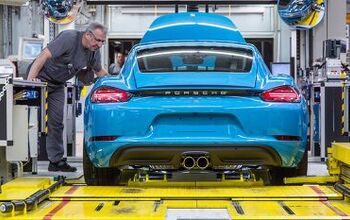




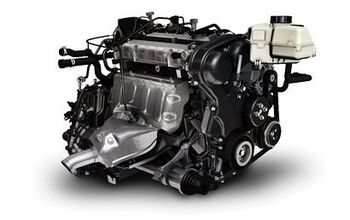
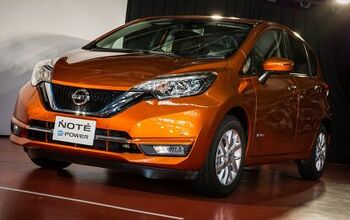

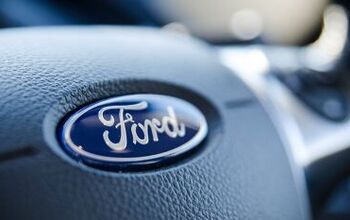
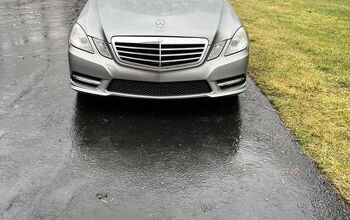
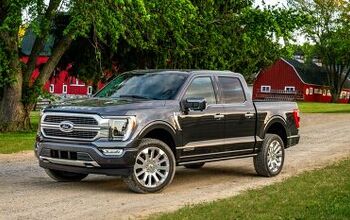
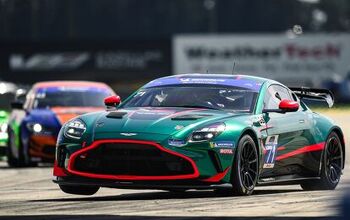
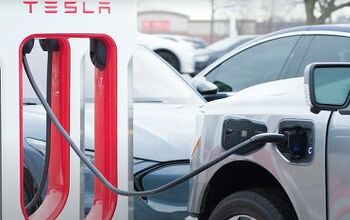
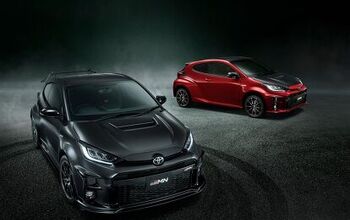
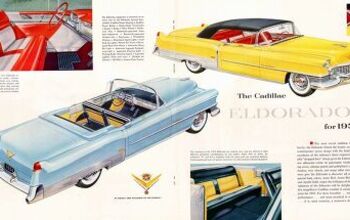

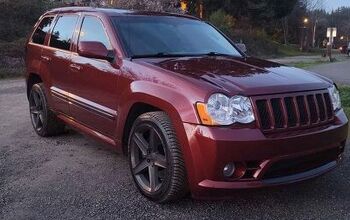
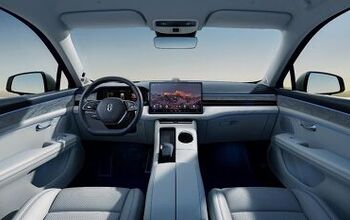
Comments
Join the conversation
Onramp? 40 mph - 60 mph? Meh... all that takes is tires and about half of the STi's ponies.
This is really the wrong test, if you think about it for more than 10 seconds. Making time in a freeway/autobahn environment is about consistent speed . . . and there's no freeway or autobahn anywhere that has so little traffic (never mind the police) that it is possible to make a consistent speed in excess of the capabilities of just about any reasonably decent car -- AMGs, BMW Ms and their ilk are unnecessary. The top speed and acceleration advantages they offer are neither needed nor usable in this environment. On the other hand, take a trip on a mountain 2-lane like, say, between here in The Capital of the Free World and Davis, West Virginia (look it up; highest town in the state) and the additional power (power=acceleration) becomes quite useful. It is the difference between being able to pass a slower vehicle on a short straight section of road (possibly going uphill) and having to wait for a downhill or longer straight section. To be sure, neither the super-powerful vehicle nor the average powerful vehicle will record a blistering average speed (in absolute terms), but in relative terms, the super-powerful vehicle may be significantly faster (and being about 220 US miles, neither vehicle is likely to need refueling during the trip). IMHO, the more serious question is not not how much horsepower is too much, but rather, how much cornering force capability is too much, given that achieving maximum lateral acceleration seems to involve punishing tire/suspension combinations.